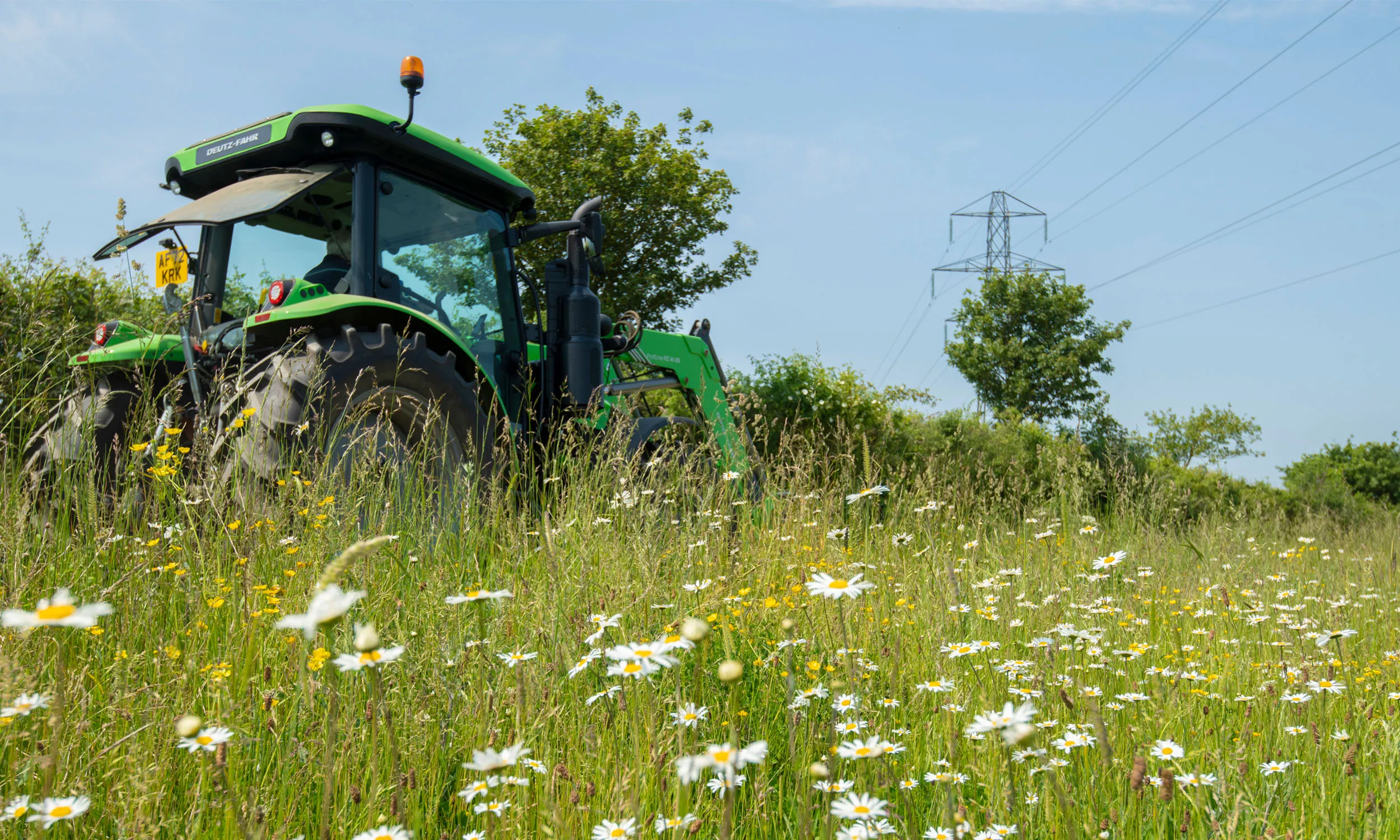Delivering the Big Three
Farmland birds have three main needs if they are to survive and flourish. At Hope Farm, we have been able to provide all these habitats through careful use of our agri-environment scheme and good farming practice.

On this page
What are the 'Big Three'?
- A safe place to nest
- Food in spring and summer for their growing chicks
- Food and shelter over the winter
How has Hope Farm managed to go against the national trend?
Hope Farm has managed to increase the number against the national trend by aiming to provide each of the 'Big Three' essential requirements.
Nesting habitat
Yellowhammers nest on, or close to the ground in ditch vegetation or at the base of short thick hedgerows. At Hope Farm, we cut our hedges and ditches in rotation, once every three years, to produce improved nesting habitat. In addition, these hedges will produce 14 times the weight of berries compared with those trimmed annually, providing vital food for many birds, such as blackbirds and starlings. We have also started a programme of hedge laying to help improve nesting habitat.
Summer food
Insects are required to feed both chicks and adults throughout the summer. A network of wild flower margins, pollen and nectar margins, beetle banks and grass margins provides perfect habitats for many species of insects.
Winter food
This is essential if the yellowhammers are to survive during the winter. The overwinter cover crops and wild bird seed mixtures have provided valuable seed resources, especially cereal grain.